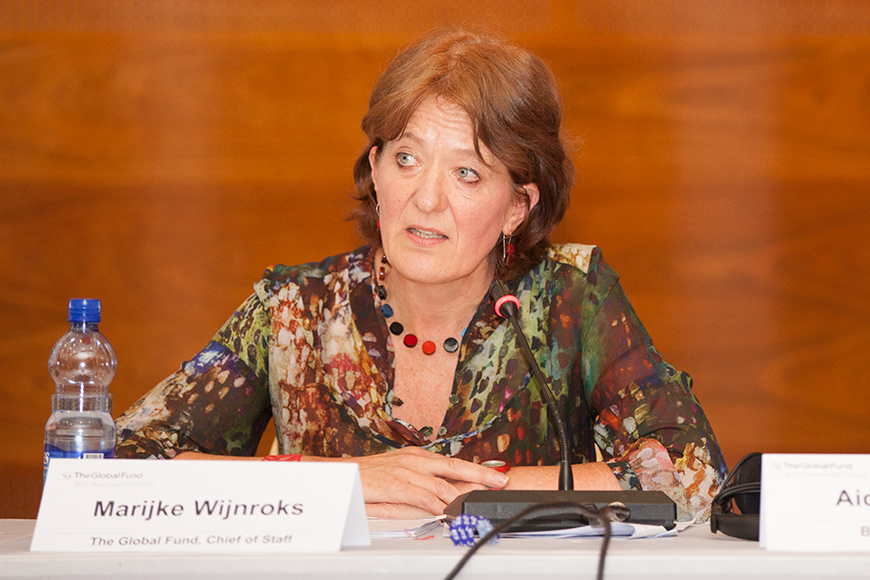By Haruna Gimba
The Global Fund to Fight AIDS, Tuberculosis and Malaria on Thursday announced new results that highlight accelerating progress in providing HIV prevention, treatment and care services.
The survey result came out ahead of next week’s International AIDS Society Conference on HIV Science in Paris, France, The results show that 11 million people are receiving antiretroviral therapy for HIV through Global Fund-supported programs, an increase of 19 percent from a year before.
Interim Executive Director of the Global Fund, Marijke Wijnroks, said “Our partnership is achieving results on a scale that few of us thought was possible.
“But we need to do even more. The number of new infections is still too high and, as we continue to expand lifesaving HIV treatments we need a stronger focus on prevention, human rights and gender. Reaching key and vulnerable populations, youth, and adolescent girls and young women is absolutely essential.”
The results, based on data from the end of 2016, also show that programs supported by the Global Fund partnership provided 4.3 million pregnant women with antiretroviral medicines to prevent the transmission of HIV to their unborn children.
Health Reporters gathered that this incredible progress is due to the global partnership and commitment of governments, civil society groups, health workers and local and international organizations, along with support from major donors and organizations including the U.S. President’s Emergency Plan for AIDS Relief (PEPFAR), UNAIDS and WHO.
Beyond the numbers, the Global Fund supports efforts to build resilient and sustainable systems for health, enabling partners to make advances in implementation of new treatments and approaches to serve people most at risk.
The new Global Fund results also show significant progress in the fight against tuberculosis and malaria from the end of 2015 to the end of 2016. The number of new smear-positive TB cases detected and treated increased from 15.1 to 17.4 million, an increase of 15 percent, and the number of people treated for multidrug-resistant TB (MDR-TB) increased by 40 percent, from 267,000 to 373,000.
Over the same period, the number of new insecticide-treated nets distributed to protect families from malaria increased by 21 percent from 659 million to 795 million. The number of malaria cases treated also increased by 15 percent, from 582 million to 668 million.





